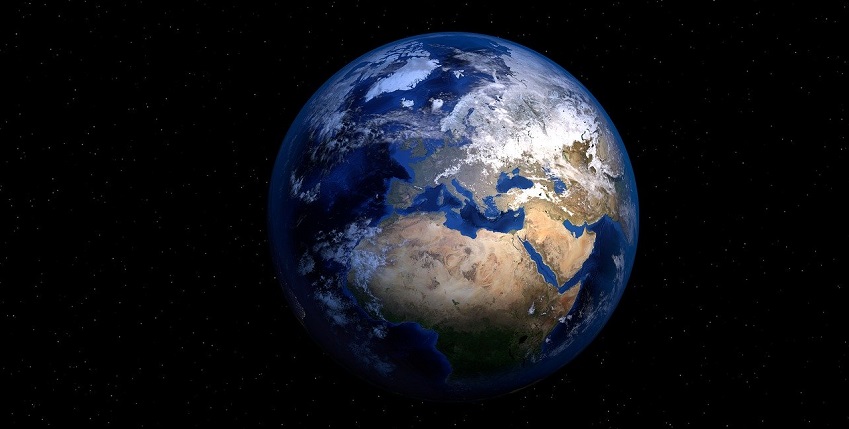
Fatbergs are not new in our society and have been around for decades. They are increasingly finding their way into our drainage system thanks to our daily activities. This combination of fat, grease and other materials such as wet wipes is fast becoming a menace to society.
Fatbergs keep making headlines in the UK for all the wrong reasons. For example, reports of a fatberg larger than a Jumbo jet circulated when a 209 foot-long fatberg was discovered in Sidmouth, England. It was a combination of fat, oil and wet wipes which took a lot of manpower and resources to take apart and ensure that the obstruction it was causing was cleared.
Despite such harrowing stories of fatbergs in the UK, it is not just our little isle that seems able to produce fatbergs on every scale – from small inconveniences to gigantic sewer stopping monsters, Fatbergs are happening on a global scale and, just as in the UK, typically in built-up, densely populated areas that harbour the perfect quantity of ingredients to create fatbergs.
Read more about some of the biggest fatbergs on record.
Given the menace they pose on drainage systems around the world, it is important to look at other areas where fatbergs have been observed and their contents.

United States
The United States has encountered its fair share of fatbergs which has caused water companies millions of dollars clearing then out and ensuring that their drainage systems are clean.
Water companies have devised campaigns such as “Trash It, Don’t Flash It”, which urge the residents to only flush down poo, pee, puke and tissue paper while trashing grease, wet wipes and their sanitary products responsibly.
Some of the most notable fatbergs sightings in the US include:
Metro Detroit
This particular fatberg was 100 feet long, 11 feet wide and 6 feet tall. It was a combination of congealed fats, oils, grease and baby wipes flushed down the drainages over a long period of time.
Baltimore
This particular fatberg was discovered in in Penn Station back in 2017. The 24-inch wide pipe was caked in fats, oils and grease. It fatberg weighed 140 ton and had clogged up to 85% of the pipe causing the discharge of about 1.2 million gallons of sewage to find its way into the Jones Fall Stream.

Australia
Australia has also experienced sewer blockages caused by massive fatbergs. In Australia, wet wipes cause 80% of all blockages. This adds up to more than 650 tons of wet wipes being flushed down the toilet and into the sewage systems. The wet wipes combine with congealed fats and greases to form offensive fatbergs that cost water companies millions.
Other unwanted materials found in Australian drainages include condoms, female products such as tampons and sanitary pads, and cigarettes.
Australian authorities have come up with ways to sensitize their masses against throwing trash down their drains through campaigns.
New Castle, New South Wales
This fatberg was discovered in the Eleebana sewage pumping station. It weighed more than 1000kg and took more than 4 hours to remove by crane. This fatberg contained a combination of wet wipes, fat and oil.
Melbourne
A fatberg was discovered in Melbourne having blocked its sewage system. This particular fatberg was a combination of fat, wet wipes, food, tennis balls, pieces of wood and planks as well as other debris. Workers had to work for four days to clear the obstruction and ensure proper flow of wastewater.
The Melbourne Museum received part of the fatberg from Yarra Valley Water Company to help raise awareness on the fatberg problem.
Singapore
A fatberg was discovered to have caused a blockage in Sam Leong Road in Little India. The obstruction has been caused by congealed fats, grease and solid items such as paper towels, cigarette packs and condoms.
While there have been cases of fatbergs in Singapore, the country is less likely to experience big fatbergs as you would find in the UK due to their separate wastewater collection system. Additionally, water companies clean the drainages regularly to ensure that there are no blockages.
This, however, doesn’t mean that blockages from items that would cause a fatberg do not happen. The national water management system PUG attends to more than 30 obstructions every month.

Fatbergs on a Global Scale
The sheer quantity of fatbergs that have been reported on every scale, show that these manmade monsters really are a global issue, and just to think that installing and maintaining a simple grease trap could minimise the problem.
You may be forgiven for thinking that all fatbergs are the same with the same ingredients and core DNA, however, think again.
Fatbergs have different materials depending on the location. Even the grease found in fatbergs from different cities is different. Wet wipes, on the other hand, are consistent with all cities that have experience fatbergs.
Most people find wet wipes convenient and easy to use and discard. The fact that they are labelled flushable on their packages makes it even more common to find wet wipes amidst these offensive masses. The only remedy to preventing the formation of fatbergs is to ensure proper disposal of waste material.
With the population rapidly growing and everyone’s love of fast food and convenience at a peak, it’s critical that the people of the world, from every country tackle the issue now, before these fat, gelatinous blobs cause any further damage to the environment.

Leave a Comment
Your email address will not be published. Required fields are marked *